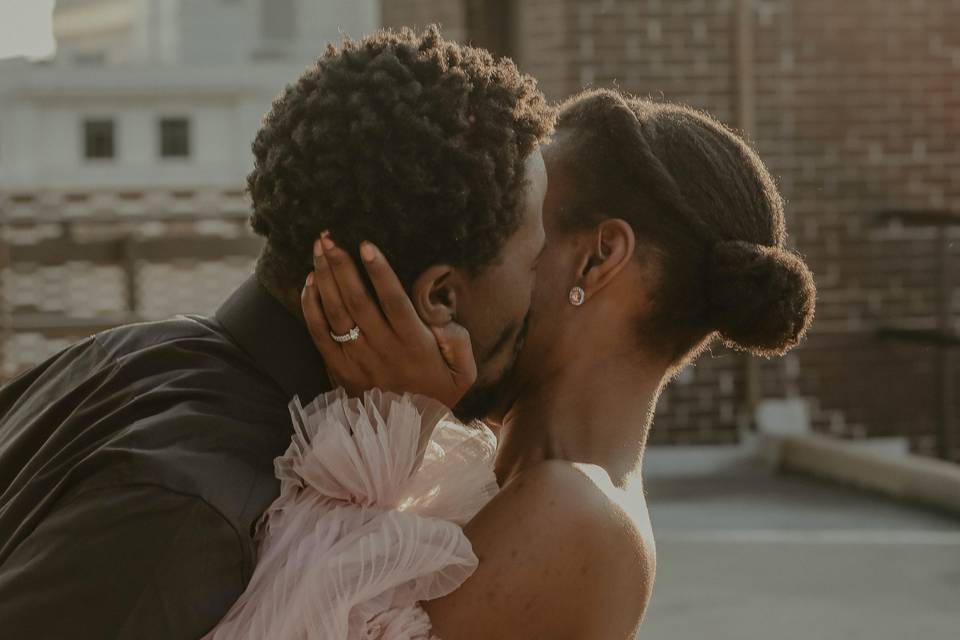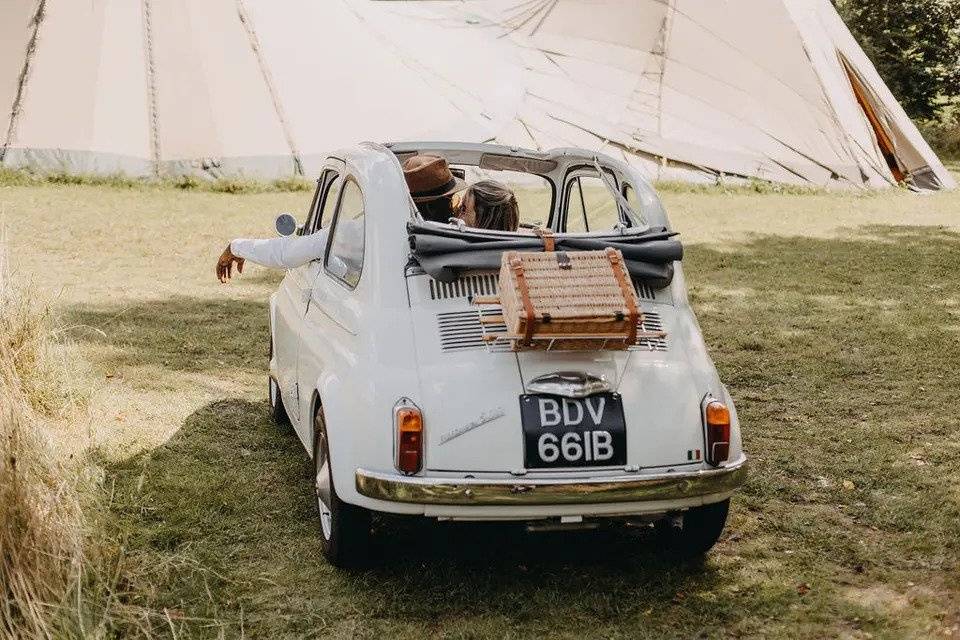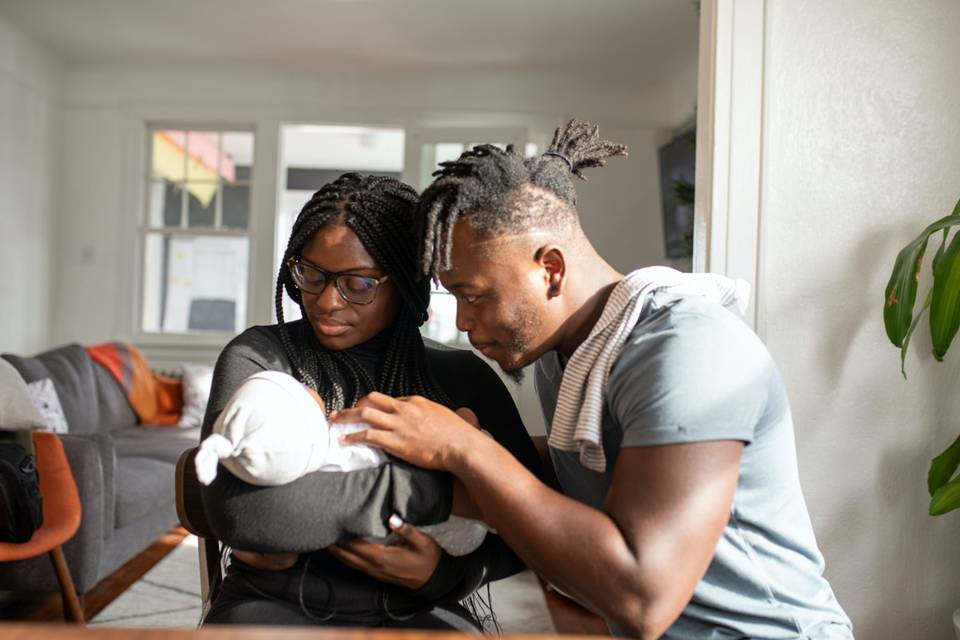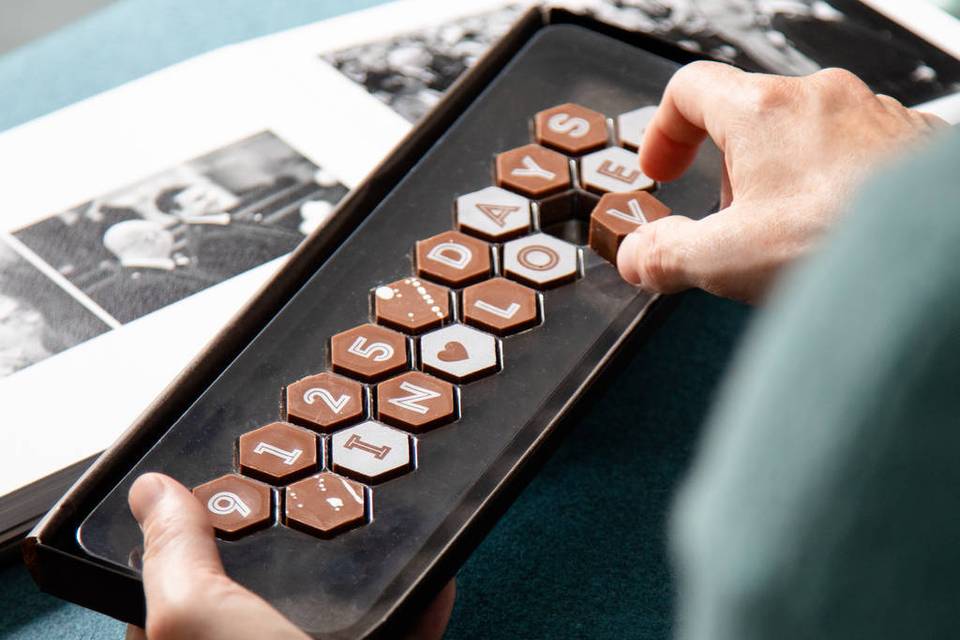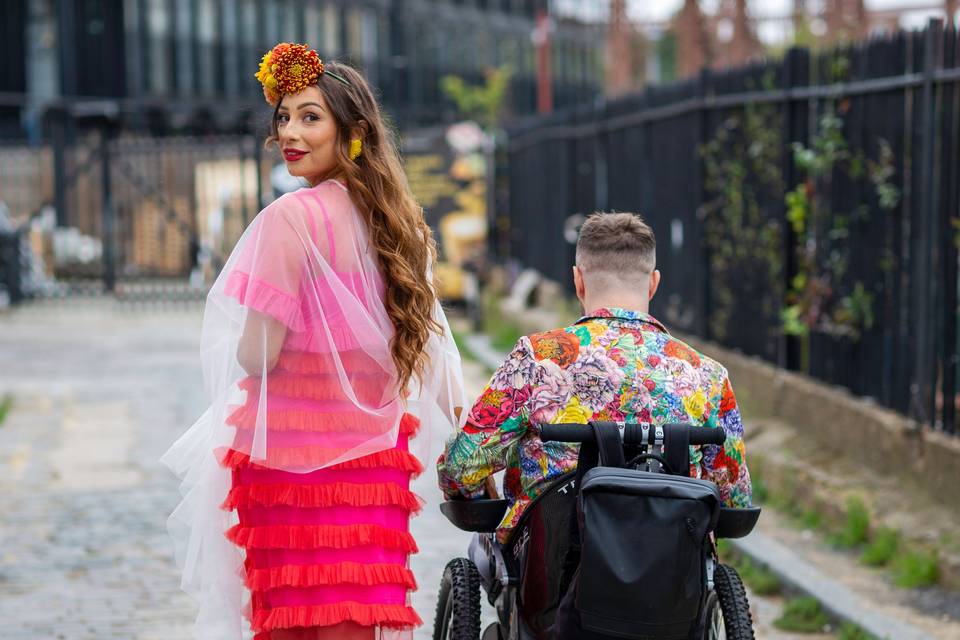Attachment Styles: What Are the 4 Types & How Can They Impact Your Relationship?
Do you know your attachment style? Here’s how to identify yours and the ways in which attachment theory could be affecting your relationship...
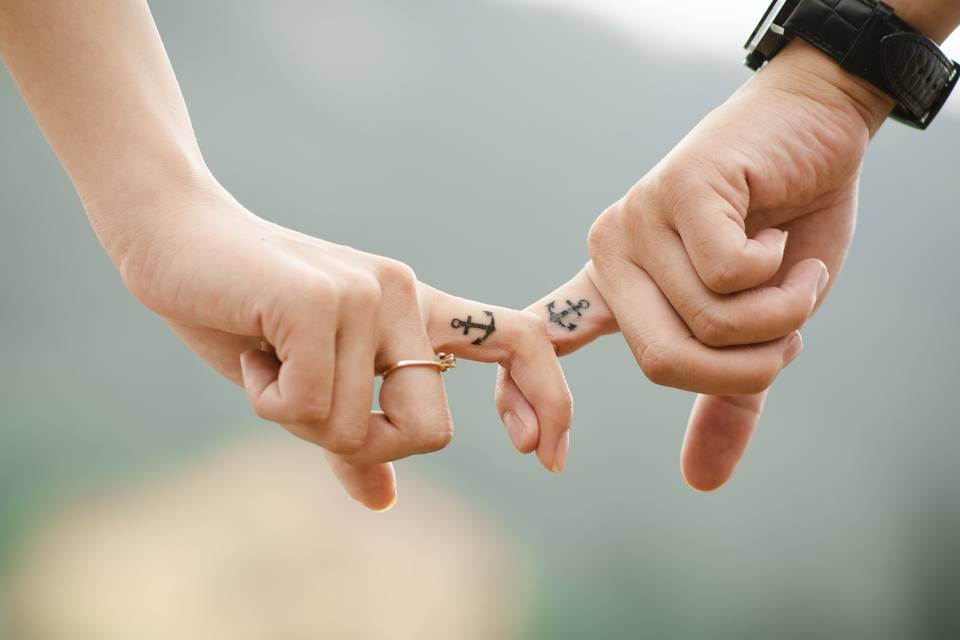
You may have seen #attachmentstyles pop up on your feed as an Instagram infographic or watched one of the many attachment style videos on TikTok, but attachment theory is far from a new concept. Gillian Myhill, relationship, sex and dating coach and owner of dating app BARE Dating, explains that “the idea of different attachment styles was first recognised through the work of psychoanalyst John Bowlby and psychologist Mary Ainsworth in the 60s and 70s. Their work was part of a larger study that they conducted which was primarily focused on the emotional development of children. Which attachment style you tend to carry through your adult life is determined through fundamental developmental years with your primary care giver.”
So how does this relate back to romantic relationships? “Our attachment style plays a huge part in our relationship success, and also our relationship difficulty”, says relationship psychotherapist Charisse Cooke. “We can have an insecure or secure attachment style. Insecure attachment can sometimes be very painful. Secure attachment, on the other hand, is relationship nirvana: both people are content, comfortable, relaxed, feel secure and are able to support each other without any drama.”
Before you embark on an Internet quiz (more on those later), it’s helpful to get an idea of the different attachment styles you may encounter, or indeed relate to yourself. Heed Gillian’s cheat sheet.
READ MORE:
- Relationship Advice: 25 Tips from Real Couples & Dating Experts
- 19 Piece of Marriage Advice From Real Couples
- 44 Cute Ways to Celebrate Your Engagement Anniversary
The Four Attachment Styles
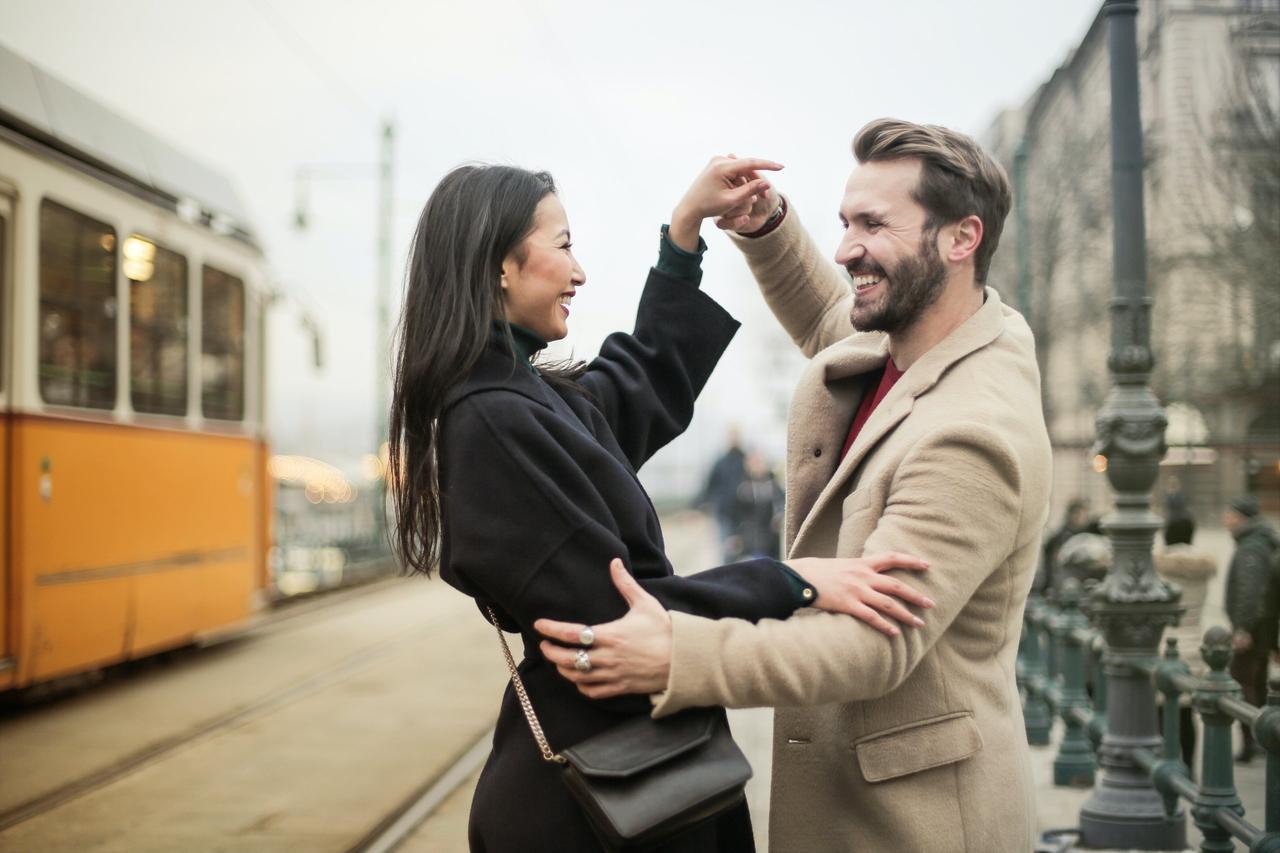
Secure
“A secure attachment style denotes a person who is comfortable expressing and speaking about their emotions, and they work to build on this within the construct of a relationship. They are both happy to be independent but also thrive in a relationship.”
Anxious
“Someone with an anxious attachment style may have a strong fear of abandonment. Safety is a priority and you will find yourself seeking the approval of your partner – you’ll place a high value on the relationship as a way of defining yourself. The right kind of support, nurturing and encouragement is the best way to soothe these partners.”
Avoidant
“An avoidant type would often perceive themselves as ‘lone wolves’: strong, independent, and self-sufficient. The one person island, in a sense. Those with an avoidant attachment style tend not to need the approval of others and are satisfied in their own sense of self. While this is a positive attribute, a downside to this kind of attachment style is that they often find it difficult to let others in.”
Fearful
“Those with a fearful-avoidant (sometimes also deemed ‘disorganised’) attachment style do crave intimacy and closeness, but at the same time, experience troubles trusting in and depending on others. More often than not, this attachment style can prevent people from forming strong emotional bonds due to the fear of losing the intimacy or relationship and the pain that will ensue. As with an anxious attachment style, the best way to address this is with support and nurturing.”
How to Identify Your Attachment Style
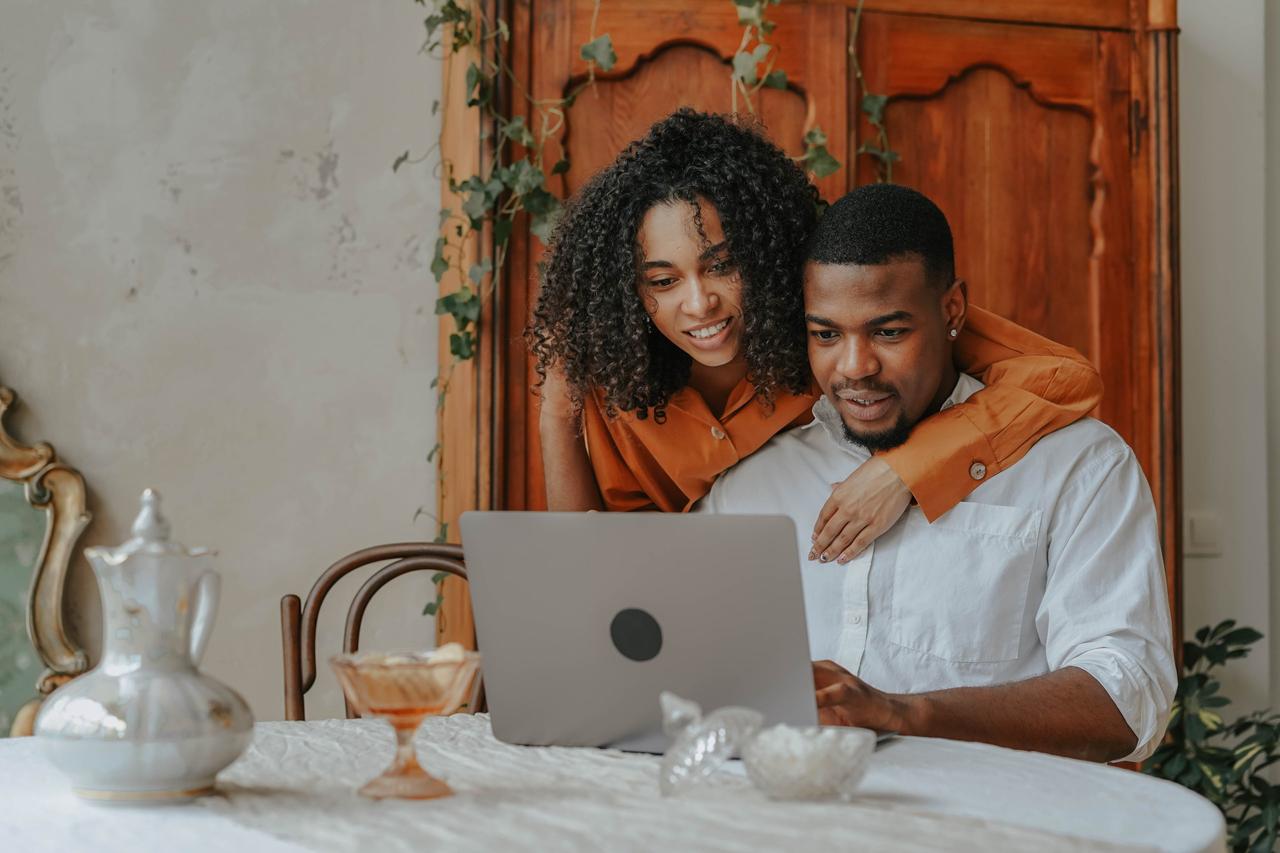
You may recognize a few traits above that have you leaning towards one attachment style or another, but Gillian emphasises that attachment styles can be more fluid than many people think. “Many of us will find ourselves identifying with a particular group, however, both people and relationships are complex ever evolving organisms. We may perceive similarities from all of these groups at different times in our lives and at different stages in different relationships.”
“For example, some relationships can ‘bring out the worst in you’ while others ‘bring out the best in you’”. Charisse agrees: “we may feel very secure and relaxed with a friend or family member, but highly anxious with a stern and critical boss. Our attachment style will depend on the person we are in a relationship with. We will respond either with security or insecurity depending on the dynamic and how that person is relating to us.”
“Recognising our attachment style is a key part of therapy and couples counselling”, continues Charisse. “Once we become aware of the unhelpful behaviours associated with a specific relating style, we are better able to focus on changing those behaviours to something that’s more healthy and secure.”
READ MORE: 30 Signs You've Found 'The One'
Back to the Google quiz. It’s fair to say that Gillian isn’t a fan. “There are a number of different ways by which you can find out which attachment style you adhere to but I would recommend consulting a trained professional rather than self diagnosing (particularly if it’s causing conflict). Google is great in many aspects but not ideal when it comes to psychological evaluation.”
How Your Attachment Style Can Affect Your Relationship
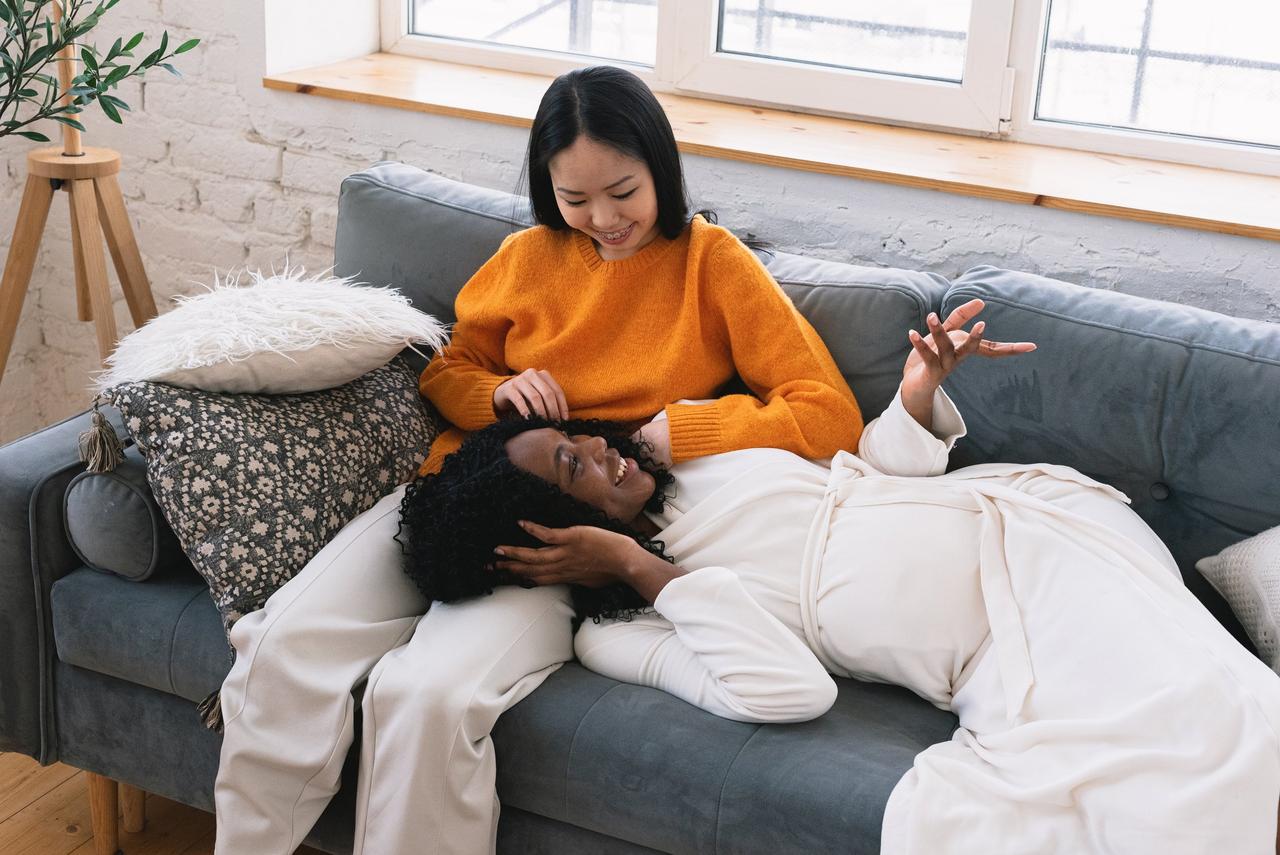
A secure attachment style within a relationship is likely to result in good communication, trust and a positive yet realistic outlook of both our partner and the relationship – you’re probably more likely to take ups and downs in your stride.
A partner with an anxious attachment style “is likely to become distressed or triggered by issues such as their other half not responding quickly to texts”, says Charisse. “They may follow up with lots of texts but become even more anxious in the process. An anxiously attached person will continually pursue closeness and connection, but if their needs aren’t being met, they’ll eventually get annoyed and upset and retreat from the relationship”.
Charisse highlights that this interplay can become tricky when an anxious attachment style clashes with an avoidant attachment style. “The avoidantly attached individual will be the one not responding to those messages! Often they will step in once the anxious partner has reached the ‘retreat’ stage in order not to lose them.”
“As both names suggest, people with anxious attachment experience high levels of anxiety in relationships and struggle with giving people space, having appropriate boundaries and feeling calm. People with avoidant attachment struggle with closeness and will generally avoid commitment and intimacy. They can tire very quickly when faced with the reality of a close relationship.”
Any attachment style that you resonate with that’s not ‘secure’ may prompt panic about the prospects of your relationship, but never fear. Recognising attachment styles can be useful for spotting patterns in your behaviour or choice of partner and help you to establish what your real needs are so that you can better communicate them to your partner and improve your relationship.
Can You Change Your Attachment Style?
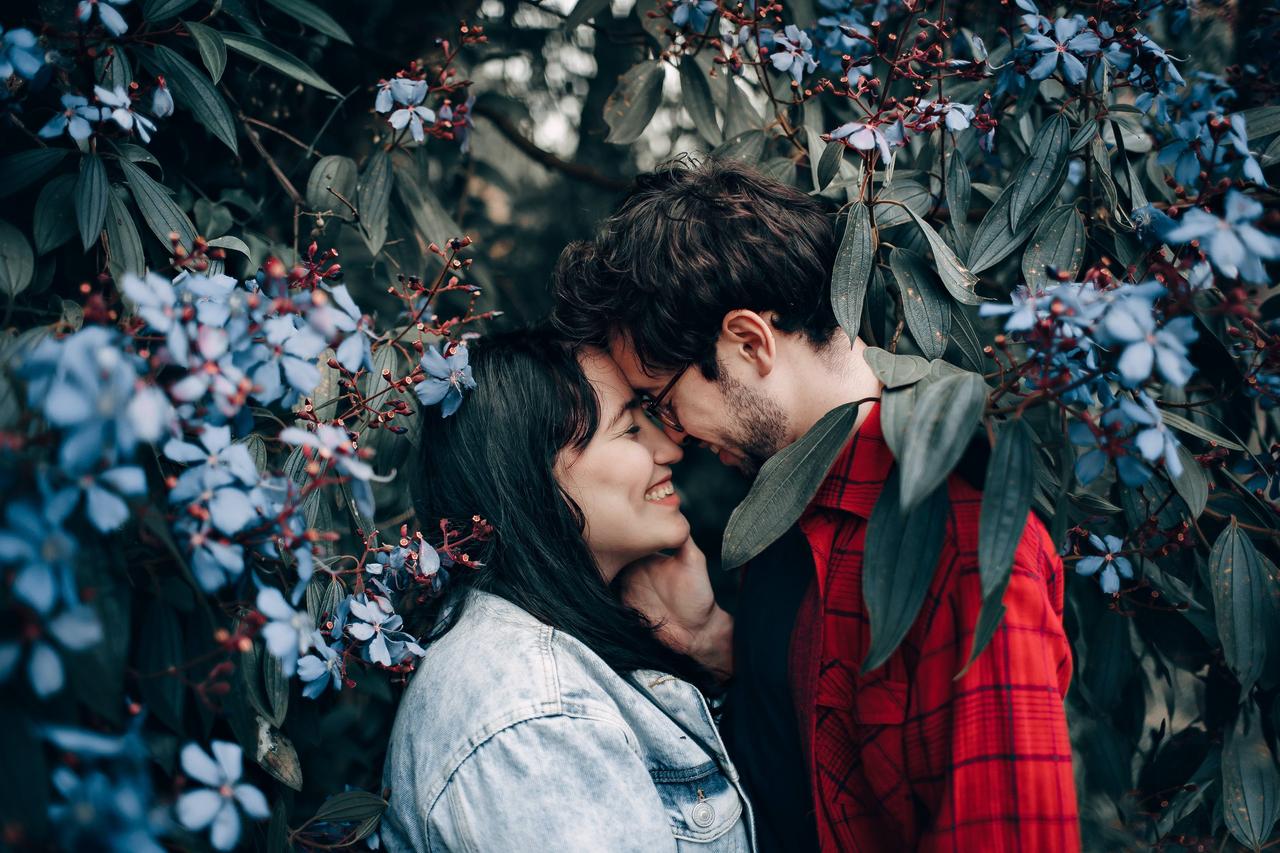
“I believe so, yes!”, says Gillian. “But it can take time and work. Understanding why you react in the ways that you do is best undertaken through psychotherapy. It can be a daunting thing to take on but the rewards will carry you through.”
READ MORE: 29 Questions You Need to Ask to Learn More About Your Partner
Relationship counsellor and sex therapist Lindsey Luther agrees: “attachment styles can certainly be changed; if your attachment style is causing difficulty in your relationship, there are ways to overcome any issues which can then help you to shift into a more secure attachment style over time”.
Can a Relationship Work if You Both Have Different Attachment Styles?
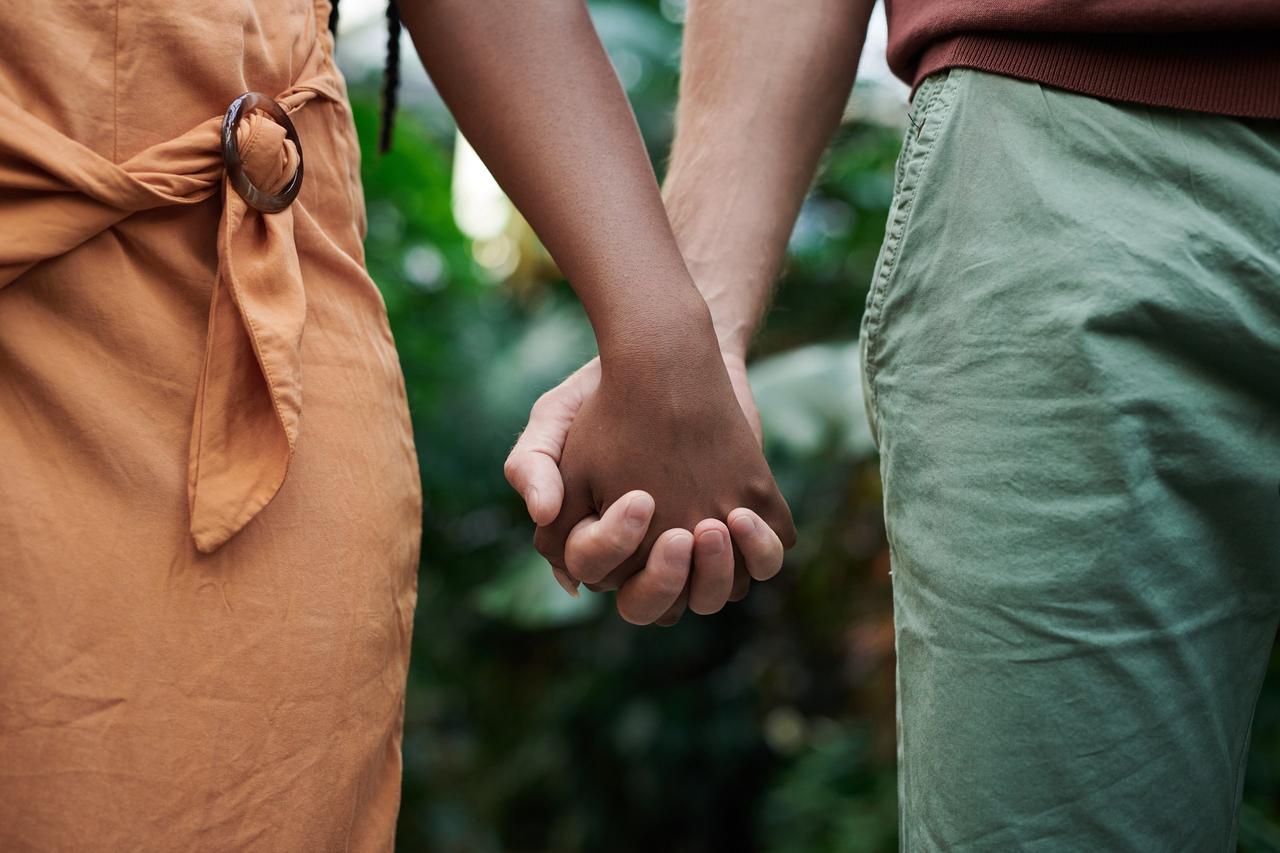
Lindsey has good news on this front too. “A romantic relationship can definitely work if partners have different attachment styles. It is all about learning what needs and desires pertain to your different attachment styles and how to express and meet those needs so everyone involved can understand and take action.” Attachment theory can give you the language with which to name any conflicts, patterns or problems in your relationship, but ultimately your connection is unique and every relationship dynamic is different – both of you are unlikely to fit into a prescriptive box. By all means explore attachment theory if it’s helpful, but don’t get too hung up on it. Relationships are influenced by many internal and external factors – attachment styles are just one piece of the love puzzle.
Been with your partner for a while? These 25 things all couples in long-term relationships understand will ring true.


